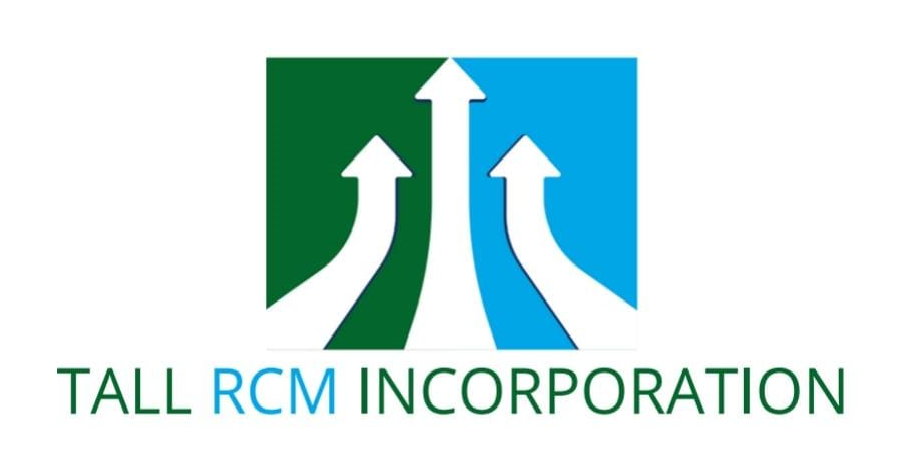The word ‘Payer’ in the health care realm is usually applied to individuals or bodies that are not the patient but the ones that are responsible for covering or reimbursing the expense of prescription drugs and health facilities. Payers may be government officials negotiating on national medication pricing or compensation, managers of health technology appraisal (HTA) boards, medical insurance providers, or a pharmacist in a hospital that helps decide the drugs the hospital requires. In certain cases, the patient may also be considered a Payer, notably if they pay for the whole expense of the treatment individually without the help of an insurance body.
What is the primary goal of a healthcare payer and the reason for its popularity?
The Payer’s primary goal is to guarantee that they provide the highest quality patient services with their investment. This means they’re searching for goods that have “cash for money.” To meet these goals, payers finance new medicines that are either advanced, have a low effect on their expenditures, or have more efficacy than most available therapies on the marketplace, thus providing more value for investment.
In recent years, the Payer’s importance has grown. This is attributed to a variety of factors, including people living longer across the globe and the international population growth is increasing rapidly; increased access to health knowledge which is freely accessible on the internet; and the advent of modern medical therapies and technology. As a result, patients are becoming more conscious of their health and recovery choices. Government healthcare budgets, on the other hand, are smaller, with tougher budgetary limits, because payers must make choices about which goods to repay. Payers tend to reimburse goods that are good value for money, because they are in charge of making costs, financing, and patient access choices.

Category of Healthcare Payers
Within a government, payers are divided into three categories: national, regional, and local. During the pricing and payment decision-making phase, each payer group can concentrate on various aspects of a treatment’s importance.
• At the national level Payers (e.g., government ministers) can assess the product’s value for money in comparison to comparable products and the effect it would have on the population.
• Regional (state) payers will assess the product in terms of its effect in the region. Including the fact that they do not have national accountability, politics and the provincial budget can be the driving force behind the decision. Regional Payers are more relevant in countries of decentralization.
• Medical facility (local) Payers are frequently more concerned about the product’s immediate effect on their healthcare expenditure. We, at Tall RCM, are determined to improve revenue cycle management tasks for our clients. We extend excellent medical billing, coding, electronic health services, and adept healthcare payer solutions in USA. Get in touch with us and we can help you streamline your revenue management tasks.


